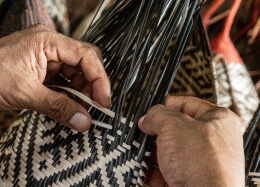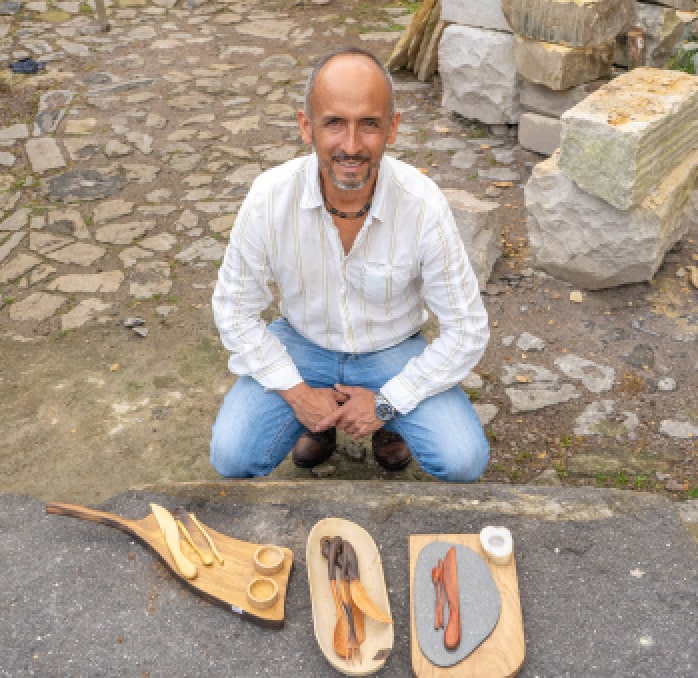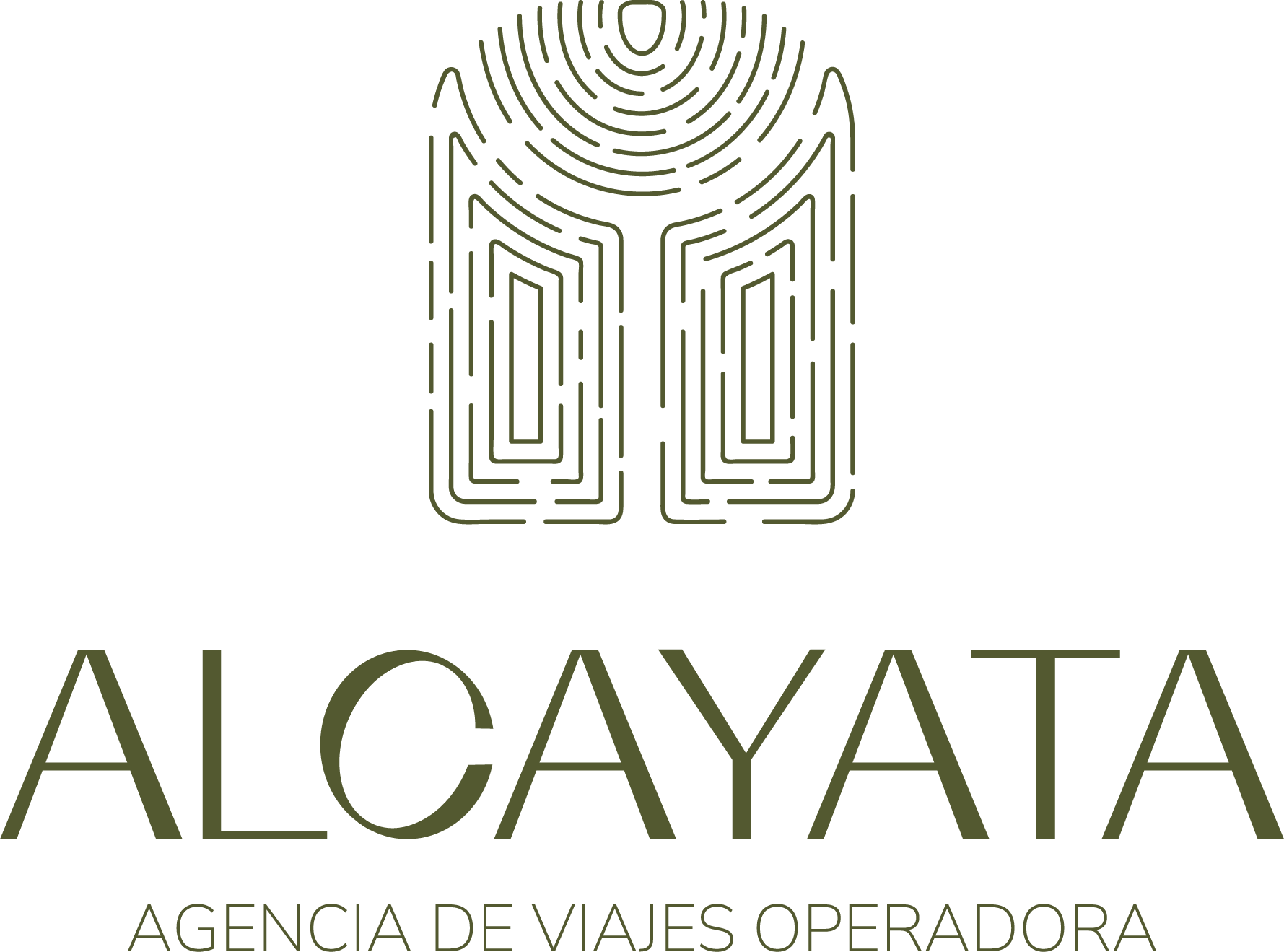Cauca Route
It is impossible to think of Cauca without feeling the pure harmony of its roots and flavors. The memory of this region goes through the pre-Hispanic past, the architectural and religious colony, its coastal afro communities, and a contemporary life in which all these layers are ever present. This memory celebrates the territory’s richness and embraces its tensions. It is a memory that knows the meaning of the land and does not want to ever, for anything in the world, let go of it. It is also possible to appreciate the profound dignity of its indigenous peoples and afro communities. All of this is inevitably linked to its sea, river and inland cuisines ,and a peculiar sweet tooth that allows the tongue to embark on an exquisite journey where words as beautiful as carantanta, aplanchaditos, chulquín or pipián will adorn your vocabulary. All of this makes a gastronomic journey through this department an experience that no one should miss. On this occasion, we want you to discover the trades of goldsmithing, beadwork, woodworking, stonemasonry, and forging, as well as the traditions of weaving in tetera palm, chocolatillo, silkworm, and wool, the former used in the making of the emblematic cuetandera, the diamond-patterned bag of the Nasa people. Departing from Cali or starting in the capital city of Popayán, you can either head west to the Pacific coast, to Guapi and Timbiquí, or travel east toward El Tambo, Timbío, Piendamó—Tunía, Silvia and Tranal—, Inzá, and Páez-Belalcázar. Over Popayán, the beautiful white capital, the relentless memory of the 1983 earthquake falls. This event marked a before and an after for many of these master craftspeople, who did not only rebuild their own homes, but also several of them provided their own wisdom for the recovery of the whole city. Likewise, another earthquake-turned-tsunami that struck the Pacific coast in late 1979 also lingers in the region’s collective memory.This is a department full of history, deeply rooted in the present, and driven by the hope of a vibrant future. Journey through this splendid region following the two routes we propose—one along the coast and the other through savannah and mountain territories—guided by operators who know the area well and will help you discover it in the best way possible. Along the way, you’ll encounter the warm cultures of the Misak, Nasa, and Eperara Siapidara peoples, and marvel at the sea, rivers, lagoons, and lush red-earth mountains. You’ll meet kind, generous people—warm-hearted and, of course, sabrosos, naturally so, since they’ve dedicated their lives to cultivating life’s delights.
Welcome to Cauca!
ARTISAN TRAILS IN Cauca
Embark on a journey full of history

Traditional cuisine
and typical bites
Provoke yourself

Don't leave without eating this 
Las empanadas de Pipián son de bocado y son hechas de maíz y rellenas de masa de papa colorada, maní y hogao. Se fríen en aceite y se comen acompañadas de ají de maní. Por ser un bocado emblemático de esta región, las vas a encontrar fácilmente en todo el Cauca. En Popayán acércate a una de las sucursales de Pilipau La Tolda o a Típicas Patojas, ambos son sitios recomendados para probarlas.
To lunch we go 
El ternero nonato es un estofado del ternero no nacido que es muy famoso en Cauca, se pone a cocinar el ternero en trozos con cebolla larga, ajo, maní tostado y molido, aceite o manteca de cerdo achiotado y se deja hasta que la carne esté blandita; se acompaña de Carantanta. Es común encontrar este plato en la plaza de mercado de los Barrios Bolívar y Alfonso López, en Popayán.
El tripazo de maní es un plato muy típico de la cocina caucana, se elabora poniendo a cocinar el callo o tripa por varias horas con aliños, y cuando ya está blando se le agrega una mezcla de pipián, maní tostado, cebolla, sal, mantequilla y leche, y se deja cocer hasta que espesa; se acompaña de arroz blanco. En el restaurante Moliendo Maní, en Popayán, se puede probar este delicioso plato.
La trucha de Silvia es un gran referente para el municipio y para el departamento. Se consume de diferentes maneras, pero si tienes la oportunidad de visitar este lugar los días martes, entre las 5 de la mañana y la 1 de la tarde puedes asistir al mercado campesino indígena del pueblo. La comunidad Misak trae todos los productos que cultiva y, entre ellos, una deliciosa trucha ahumada. Nuestros restaurantes recomendados son Antojos, Sabor y Tradición, Birimbí de la Casa de los Sueños, Restaurante y Estadero La Playa, y, Trucha y Sazón, todos en Silvia.
Otras poblaciones indígenas de este departamento como las Nasas o Paeces, las Guambianas y las Yanaconas basan su alimentación en los tubérculos como la papa, la arracacha, la yuca y los ullucos, así como en el frijol, las habas, coles, el plátano y el maíz. Con éste último elaboran el mote de maíz en dos versiones: una con maíz tierno y, otra, con maíz seco pelado. ¡Pruébalos!
En la Costa Pacífica, en los municipios de Guapi y Timbiquí, imperdible probar las preparaciones con frutos del mar como la sopa de cangrejo, de jaiba, el sancocho de pescado o el tapado de pescado, todos sazonados con leche de coco y hierbas de azotea. Otras delicias son el tamal de piangua, el arroz o el quebrado de muncillá, un tipo de camarón de río, grande, de carne delicada y muy gustoso. Otras preparaciones como el arroz con coco, el cevichón del Pacífico, el arroz de yuyo o atollado y los patacones o balas de plátano acompañan estos platos. Javier Ferney Riascos, en Timbiquí, y en el Restaurante Raíces de Tierra y Mar, de la matrona Teófila Betancourt, en Guapi, ofrecen una experiencia con estos sabores del Pacífico.
Flavors to discover and snack on 
Los tamales de Pipián están hechos con masa de maíz y papa colorada, llevan carne de cerdo guisada y maní y están envueltos en hojas de plátano; se cocinan al vapor y se sirven con ají de maní. Prueba este delicioso manjar en el Restaurante Mora Castilla y en La Plaza de Mercado La Esmeralda de Popayán.
El ají de maní es una salsa picante con la que se comen la mayoría de las comidas en el Cauca pues ofrece un sabor y aroma únicos, está hecho de maní tostado, cebolla, caldo, ajo, cilantro y sal y, en algunas ocasiones, huevo duro; estos ingredientes se licuan con picante al gusto. En las plazas de mercado de Popayán Mercados De Los Barrios De Bolívar y La Esmeralda se puede adquirir, de hecho, Popayán tiene cinco plazas de mercado con alimentos y artesanías para locales y turistas que se han convertido en un destino gastronómico para los turistas que quieran profundizar en las raíces de la cocina caucana por la enorme diversidad de productos agrícolas que ofrece.
La Carantanta es el pegado de la olla después de cocer el maíz que se muele para las empanadas. En Cauca se come solo, con hogao, como entrada de sus platos, pero también se consigue empacada en bolsa como snack para comer a cualquier hora del día. Es una exquisitez. En restaurantes como Carantanta, en Popayán, se sirve.
En El Tambo, conocido como la despensa del Cauca, se cultiva el chontaduro, el achiote, y el maní.
El pan del Timbío es una receta ancestral que se elabora con harina de maíz, yuca y queso. Aunque se sienta con una textura algo densa, anímate a probarlo porque te espera un sabor exquisito; se come principalmente en comunidades indígenas y panaderías en Timbío, como Panadería y Cafetería Rico Pan.
To sweeten the palate and unmissable drinks 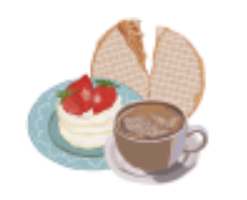
El café del Cauca tiene denominación de origen protegida, es de sabor acaramelado bastante frutal y con notas de acidez alta. Alrededor del departamento podemos apreciar las preparaciones con este delicioso producto, en Café del Monte en Piendamó, Café y Té en Timbío, Molino Dorado Café En Silvia y en Popayán podemos encontrar la tienda de la cooperativa Supracafé.
Los aplanchados son dulces elaborados a base de masa de hojaldre y glasé, cada capa de masa se empapa con el dulce, se corta en rectángulos y se hornea. En Popayán la fábrica Doña Chepa lleva más de 50 años elaborándolos.
El salpicón de Baudilia es una combinación de lulo, mora de castilla y motas de guanábana; todas las frutas son maceradas en azúcar para que suelten sus jugos y se arma poniendo una capa de hielo raspao, una de guanábana, otra de lulo y finalmente de mora. Para comer se mezclan todas las frutas con el hielo, en el restaurante Mora Castilla de Popayán sirven esta ancestral receta.
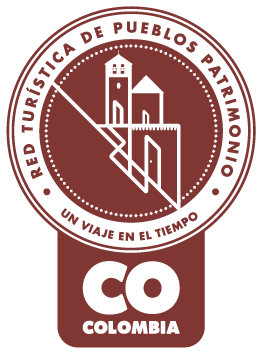
Pueblo Patrimonio
La Red Turística de Pueblos Patrimonio de Colombia es un programa especial del Ministerio de Comercio, Industria y Turismo, ejecutado por FONTUR, que trabaja con 17 municipios de Colombia que poseen declaratoria de Bien de Interés Cultural (BIC) a nivel nacional para su valoración y proyección mediante el turismo, generando así más oportunidades de desarrollo y sostenibilidad en las comunidades.

La Medalla a la Maestría Artesanal es un galardón que Artesanías de Colombia entrega anualmente, con el cual se hace un reconocimiento a aquellos artesanos, empresas y comunidades artesanales que, contando con una trayectoria destacada, sobresalen a nivel nacional por su excelencia en el oficio así como por preservar el quehacer artesanal.

Denominación de Origen
Es un signo distintivo que identifica productos reconocidos o famosos por tener una calidad o características específicas derivadas esencialmente del lugar de origen y la forma tradicional de extracción, elaboración y producción por parte de sus habitantes. La protección conferida sobre una Denominación de Origen implica que ninguna persona puede identificar con la denominación protegida productos iguales o similares a los amparados, cuando no provengan del verdadero lugar y no cumplan con las características o calidades que le han dado la reputación al producto reconocido. Las Denominaciones de Origen para productos artesanales colombianos que han sido protegidas por la Superintendencia de Industria y Comercio en nuestro país son actualmente 12.
No puede copiar contenido de esta página









































